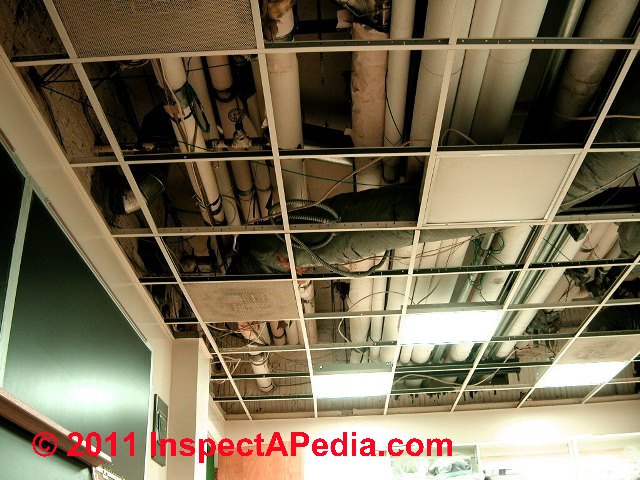Each sheet is created with different r value ratings.
Roof insulation ratings australia.
Book a free roof consultation.
By looking at insulation as a long term investment spending a couple of extra hundred dollars on the right insulation now can save you thousands over the life of your home.
The blanket becomes compressed over the battens but sags in between creating a cushioning air gap to provide further insulation.
Insulation sheets come in various different materials and structures including foil bulk foam and more.
The manufacturer s specifications to ensure that the product performs as tested.
Here s a handy guide to see what kind of roof and wall insulation will suit your home.
It s recommended that you install foil backed insulation in your roof to an r value of r1 0 or higher.
Depending on where you live and the part of your home you re insulating walls crawlspace attic etc you ll need a different r value.
The r value is a measure of the insulation batt s resistance to heat flow also known as thermal resistance.
All insulation materials that are sold in australia must meet australian standard as nzs 4859 materials for the thermal insulation of buildings even if they are imported.
Part 3 12 of the building code of australia housing provisions bca as nzs 4859 1 materials for the thermal insulation of buildings.
Installing foil backed blanket insulation is also a great idea if you are building a flat roof or cathedral ceiling.
Ask about recycled content and how easily the product can be recycled after use.
Roofing thermal insulation material fletcher insulation australia is the leading company in producing best thermal insulation materials for your roofs.
Compare the environmental benefits of different products.
The sheets themselves are not created equally.
Book your free consultation.
Typical recommendations for exterior walls are r 13 to r 23 while r 30 r 38 and r 49 are common for ceilings and attic spaces.
Different insulation options are right for different states in australia.
The greater the r value the greater the resistance to heat transfer and the greater the insulating effect and subsequent energy savings.

